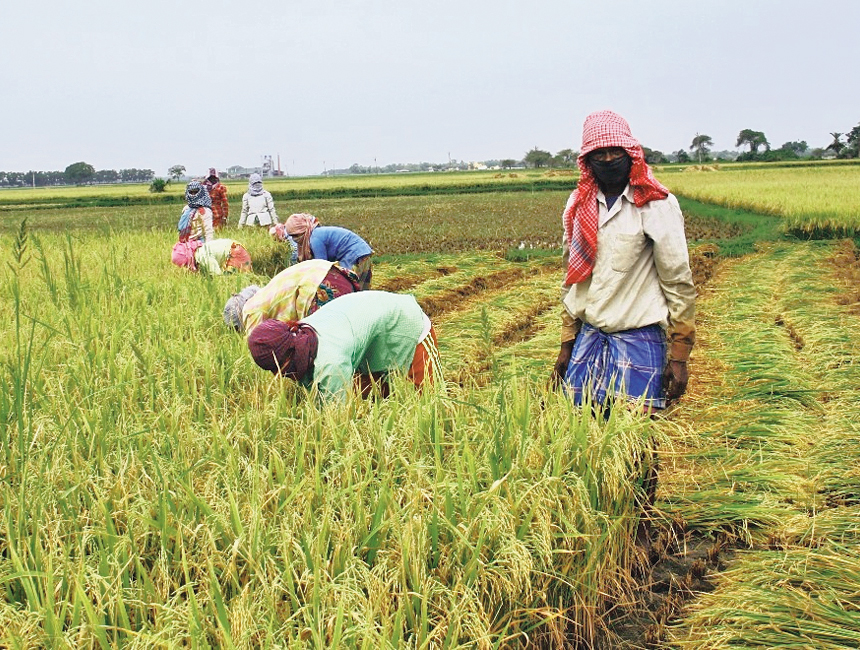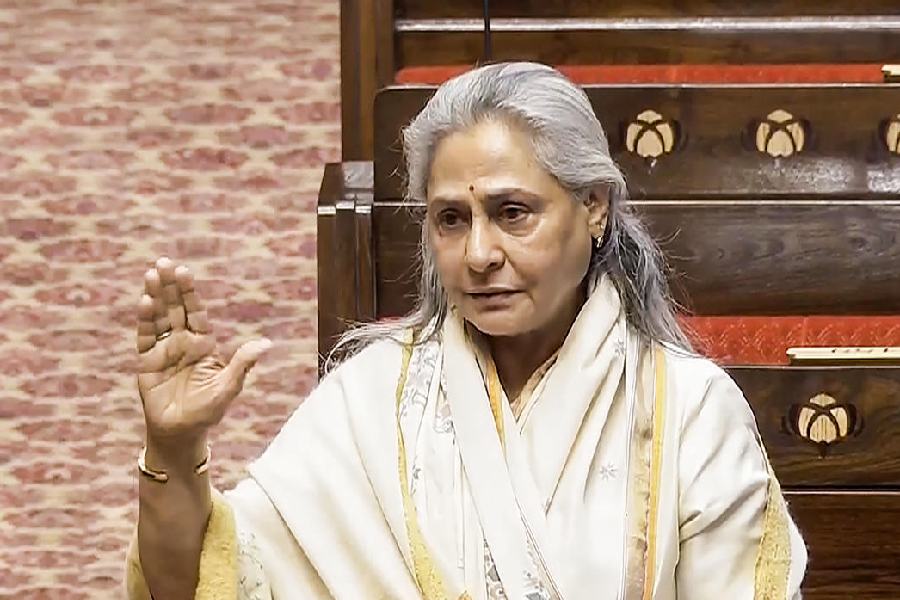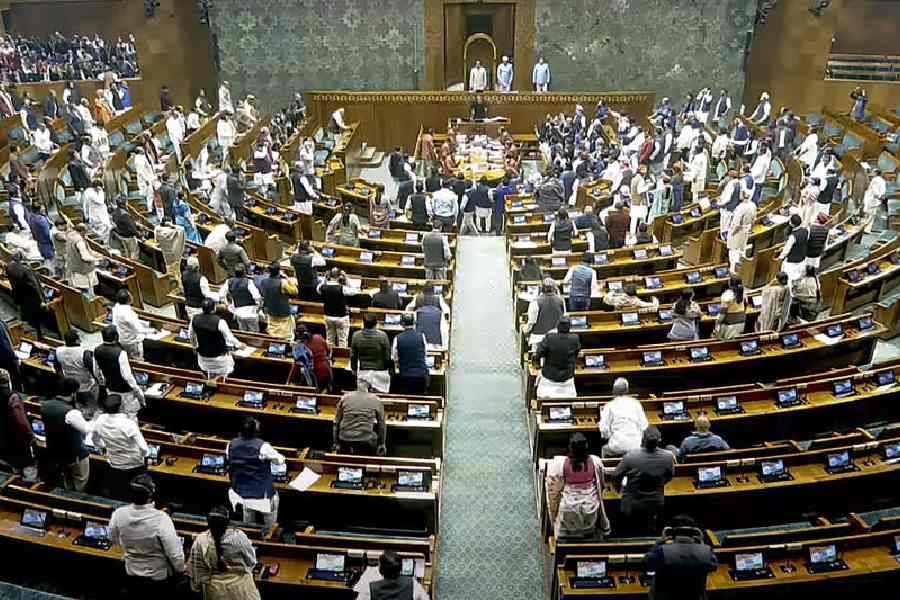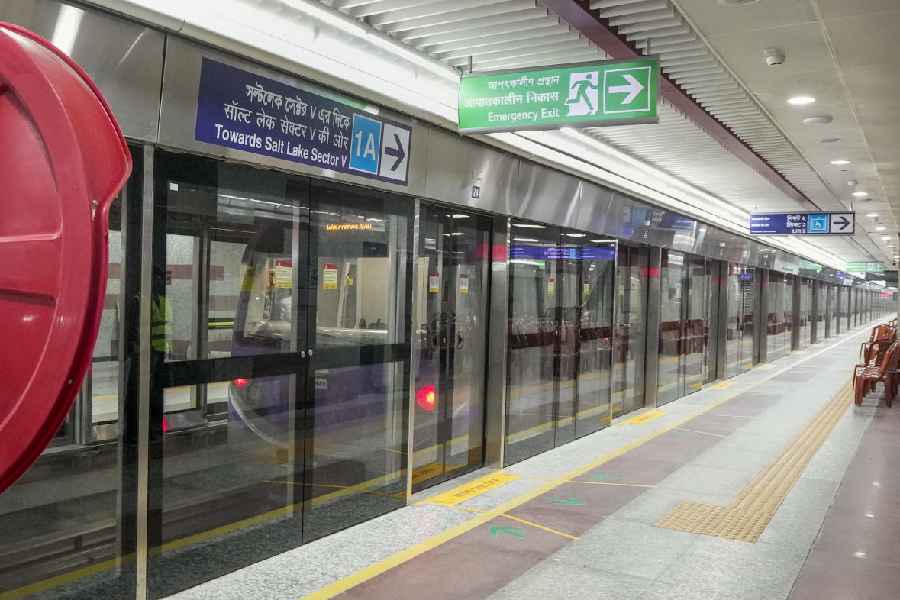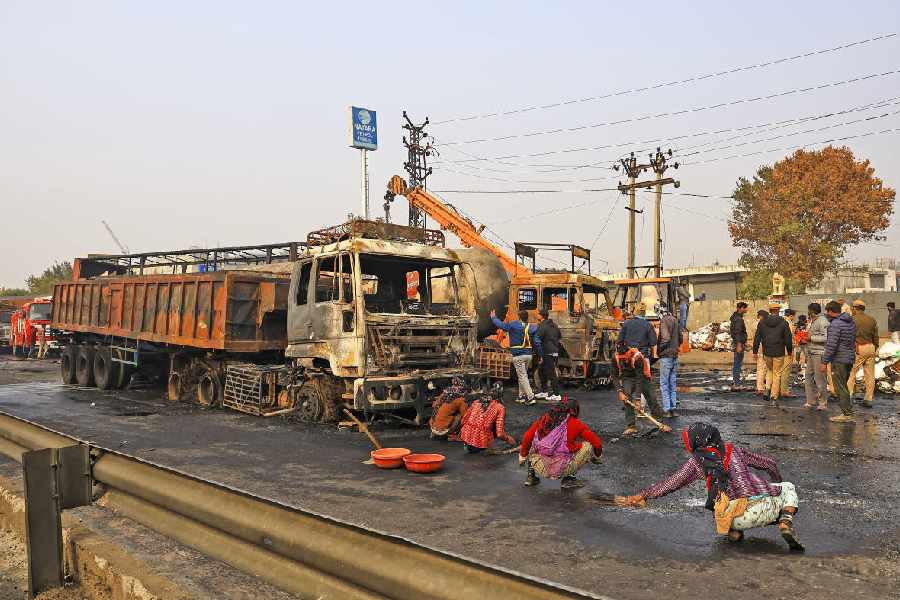The Mamata Banerjee government has decided to infuse liquidity into the rural economy that is reeling from economic consequences of the lockdown and Cyclone Amphan to help cash-strapped farmers in the run up to the Kharif season.
As part of the plan, the state government has decided to raise the number of Kisan Credit Card holders to 35 lakh from the existing 15 lakh and increase the loan kitty to Rs 10,000 crore from last year’s Rs 4,000 crore.
“The Kharif or the monsoon sowing season is round the corner and farmers are in need of cash. The increased credit limit will help a large number of farmers, particularly in the districts of East Burdwan, Birbhum, Bankura, Hooghly and Nadia. They can stay away from the clutches of moneylenders because of the liquidity,” said a senior government official.
While moneylenders charge interests as high as 30-40 per cent per annum, the card offers a subsidised interest rate of 4 per cent per year to farmers. This is a huge relief for the farmers as they fail to repay the moneylenders in most cases and end up giving away much of the produce to them.
Under KCC, farm loan is granted in proportion to the area of cultivation and the cost estimate is worked out by the government. The bank offers around Rs 66,000 for cultivation of paddy on a hectare of land.
“We want to reach the KCC target and allot loans through banks before the cultivation of kharif crop starts. We have set a target to ensure that at least an additional 20 lakh farmers get KCC loans for cultivation,” said Pradip Majumdar, the agricultural advisor to chief minister Mamata Banerjee.
Bengal produces around 180 lakh tonnes of Kharif paddy which is cultivated in the state during the monsoon.
Out of an estimated 71 lakh farmers in the state, 15 lakh enjoyed the benefits of KCC last year. A government official said with the farming community under stress, they were focusing on small and marginal farmers this year and expected the addition to the KCC scheme to cross 20 lakh.
The state agriculture department had in its order issued last week asked district magistrates to ensure all application forms of the targeted group of farmers reached banks by June 15 and they should get the KCC by June 30. Once the farmers get the cards, they would be eligible for loans from the banks.
Sources said the financial crunch of the farming community had increased with the return of around 8 lakh migrants who had gone out of the state to work. The migrant workers are key players in the rural economy as they send in remittance to their families back home to facilitate cultivation. This huge pool of workers has returned home after losing jobs.
Jahirul Sheikh, a migrant labourer from Birbhum’s Labhpur who used to work as a mason in Mumbai, said he would send Rs 30,000 every year to facilitate cultivation of Kharif crops on two acres. “This year, I have come back home and have no money to cultivate paddy. If I get the credit card, my family will be able to cultivate paddy,” he said.
Each district has been given a minimum target to enlist farmers under the KCC scheme. Sources said while Birbhum had been given a target of 2.11 lakh farmers, East Burdwan’s quota was 1.90 lakh. Hooghly has to meet a target of 80,000 farmers.
“We have held meetings with banks and block level officials to ensure KCC is issued to the targeted group as soon as possible. The work will be completed within the deadline set by the government,” said Moumita Godara Basu, the Birbhum district magistrate.

